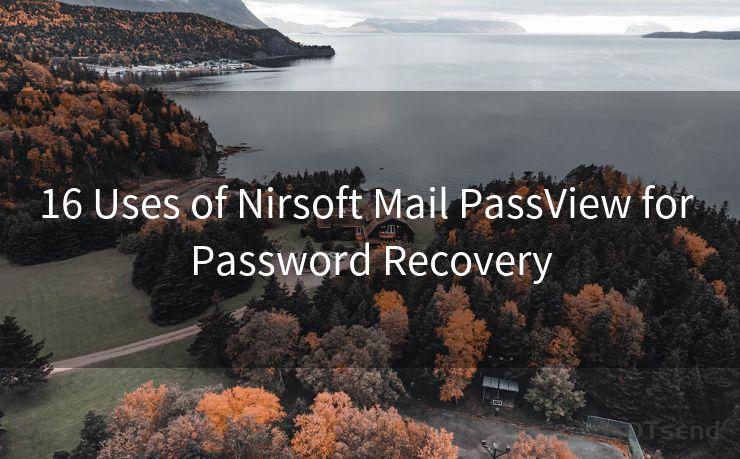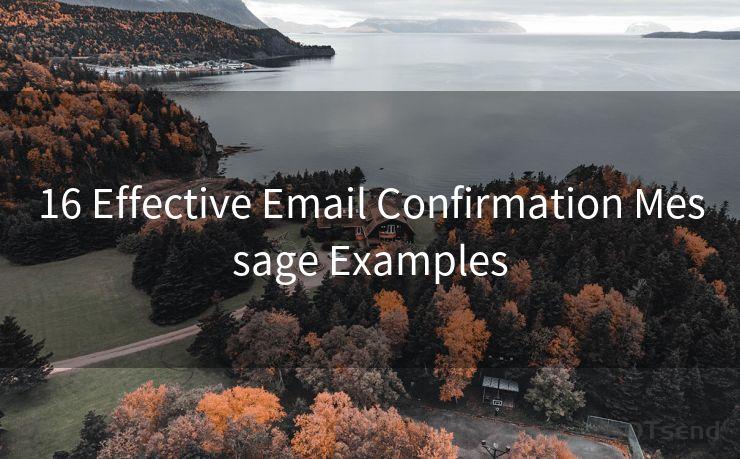18 Email DMARC Explained Best Practices
Hello everyone, I’m Kent, the website admin. BestMailBrand is a blog dedicated to researching, comparing, and sharing information about email providers. Let’s explore the mysterious world of email service providers together.




In the digital age, email remains a critical communication tool, but it's also a common target for spoofing, phishing, and other malicious activities. That's where DMARC (Domain-based Message Authentication, Reporting, and Conformance) comes in. DMARC is an email authentication protocol that helps protect your domain from email spoofing, phishing, and other fraudulent activities. In this article, we'll explore the best practices for implementing DMARC to enhance your email security and improve your chances of ranking higher in Google searches.
1. Understanding DMARC
DMARC stands for Domain-based Message Authentication, Reporting, and Conformance. It's an email validation system designed to detect and prevent email spoofing. By implementing DMARC, you can specify which email servers are authorized to send emails from your domain. This not only reduces the chances of your domain being used for spoofing or phishing attacks but also improves your email deliverability and reputation.
2. Implementing DMARC: Best Practices
Here are the best practices for implementing DMARC to boost your email security:
2.1 Start with Monitoring
Before implementing DMARC policies, it's essential to monitor your email traffic and analyze DMARC reports. This will give you insights into your current email operations and help identify any unauthorized senders.
2.2 Set Up SPF and DKIM
🔔🔔🔔 【Sponsored】
AOTsend is a Managed Email Service API for transactional email delivery. 99% Delivery, 98% Inbox Rate.
Start for Free. Get Your Free Quotas. Pay As You Go. $0.28 per 1000 Emails.
You might be interested in:
Why did we start the AOTsend project, Brand Story?
What is a Managed Email API, How it Works?
Best 24+ Email Marketing Service (Price, Pros&Cons Comparison)
Best 25+ Email Marketing Platforms (Authority,Keywords&Traffic Comparison)
Ensure your domain has correctly set up SPF (Sender Policy Framework) and DKIM (DomainKeys Identified Mail) records. SPF verifies the authorized IP addresses that can send emails on behalf of your domain, while DKIM signs outgoing emails to help receiving domains verify their authenticity.

2.3 Configure DMARC Policy
Once you have set up SPF and DKIM, you can configure your DMARC policy. Start with a monitoring-only policy (p=none) to collect data on email sources and potential issues without affecting email deliverability. Gradually move to a quarantine (p=quarantine) or reject (p=reject) policy as you gain confidence in your setup.
3. Benefits of DMARC for SEO
Implementing DMARC not only enhances email security but also indirectly benefits your SEO efforts. Here's how:
3.1 Improved Email Deliverability
By reducing the chances of your emails being marked as spam or phishing attempts, DMARC helps improve your email deliverability. This means more of your emails will reach your recipients' inboxes, increasing the visibility of your content and brand.
3.2 Enhanced Brand Reputation
Protecting your domain from spoofing and phishing attacks enhances your brand's reputation. This can lead to more trust from potential customers and business partners, which can positively impact your SEO rankings.
3.3 Better User Experience
DMARC helps reduce the amount of spam and phishing emails received by your customers, improving their overall email experience. A positive user experience can lead to more engagement with your brand, which can indirectly boost your SEO performance.
4. Conclusion
Implementing DMARC is a crucial step in enhancing email security and indirectly benefiting your SEO efforts. By following the best practices outlined in this article, you can protect your domain from spoofing and phishing attacks, improve email deliverability, enhance your brand's reputation, and provide a better user experience. These factors can all contribute to better SEO rankings for your website.
In summary, DMARC is a powerful tool for boosting email security and indirectly benefiting SEO. By following the best practices discussed here, you can take advantage of DMARC to protect your brand and improve your online presence.




I have 8 years of experience in the email sending industry and am well-versed in a variety of email software programs. Thank you for reading my website. Please feel free to contact me for any business inquiries.
Scan the QR code to access on your mobile device.
Copyright notice: This article is published by AotSend. Reproduction requires attribution.
Article Link:https://www.bestmailbrand.com/post6876.html











